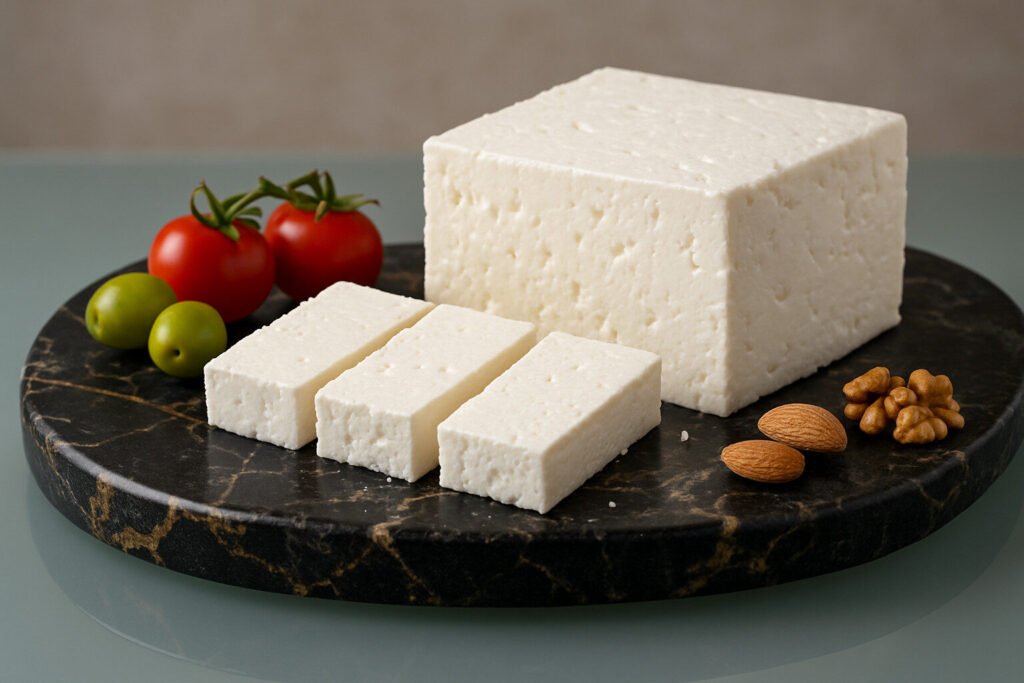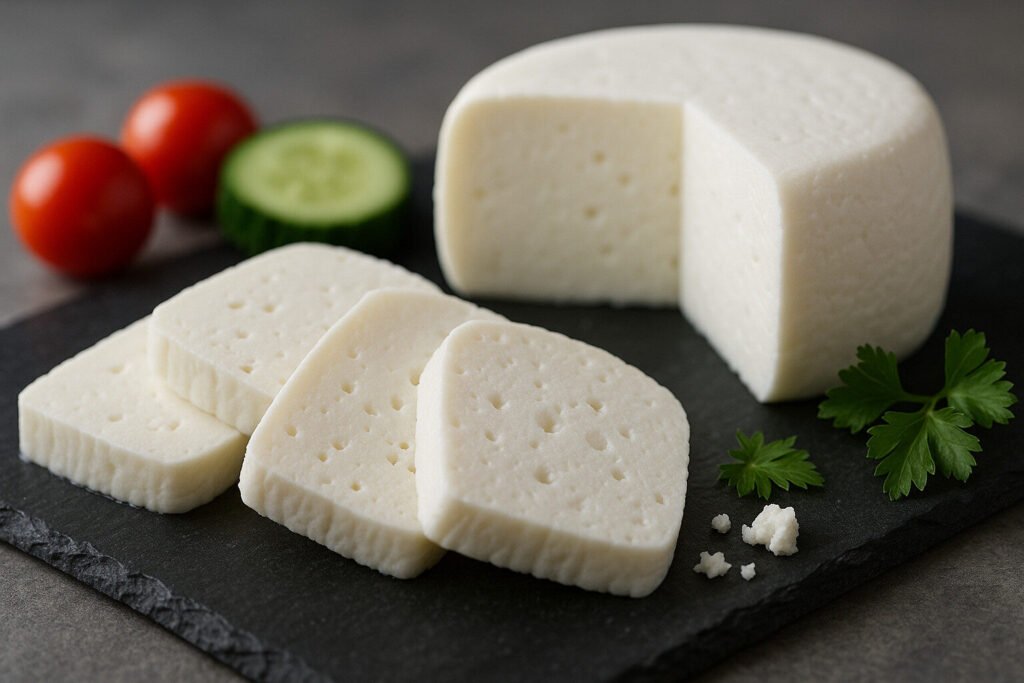Cheese Salad
Cheese in Salads: Definition and Scope
Cheese serves as a key ingredient in salads, providing protein, fat, and flavor complexity. Its inclusion ranges from crumbled soft cheeses to cubed or shaved hard varieties, enhancing texture and nutritional value. This application spans green salads, grain bowls, and composed salads across global cuisines.
The scope covers fresh cheeses like feta and goat cheese, which blend easily, to aged types such as Parmesan or cheddar added as accents. Cheeses are selected based on their ability to complement dressings and other ingredients without overpowering them. This functional use is a fundamental aspect of cheese’s culinary versatility.
Production Techniques for Salad Cheeses
Cheeses destined for salads often undergo specific production adjustments to optimize performance. For crumbled varieties, curds may be lightly pressed and aged briefly to develop a friable texture. Brining or dry-salting enhances preservation and flavor intensity, which stands up to acidic dressings.
Some producers create lower-moisture versions of traditional cheeses to prevent sogginess when mixed. Techniques like quick aging for hard cheeses or controlled culturing for fresh types ensure consistent crumbling, slicing, or grating properties. These methods prioritize structural integrity and flavor release in cold preparations.
Sensory Profile in Salad Applications
Salad cheeses exhibit balanced saltiness, acidity, and umami to elevate overall dish flavor. Fresh cheeses contribute mild tang and creamy mouthfeel, while aged varieties add crystalline texture and savory depth. Their fat content helps carry and mellow sharp vinaigrettes or creamy dressings.
The aroma should be pleasant but not overpowering, complementing fresh greens and herbs. Texture contrasts—such as creamy goat cheese against crisp lettuce or crunchy croutons—are highly valued. Melting properties are generally undesirable, favoring cheeses that maintain distinct form when chilled.
Culinary Uses and Pairing Principles
Cheese functions as a primary protein source in main-course salads or as a flavor accent in side dishes. Crumbled blue cheese pairs with bitter greens and nuts, while fresh mozzarella complements tomatoes and basil. Shaved hard cheeses like Pecorino finish grain salads with salty intensity.
Pairing considers dressing acidity; robust cheeses withstand vinegar-based dressings, while delicate cheeses suit milder emulsions. Cheese may be tossed throughout or placed atop salads for visual appeal. Regional traditions dictate combinations, such as feta in Greek salad or queso fresco in Latin American varieties.
Regional Salad Cheese Examples
Mediterranean salads feature brined cheeses like Greek feta and Bulgarian sirene. These sheep’s or goat’s milk cheeses provide salty tang and crumbly texture that withstand olive oil and lemon dressings. They are essential to traditional horiatiki and fattoush salads.
Western salads often incorporate cheddar, Monterey Jack, or blue cheese. Cobb salads use blue cheese crumbles, while Caesar salads rely on Parmesan shavings. Latin American ensaladas employ fresh, mild queso fresco or panela, which maintain shape when mixed with beans and corn.


